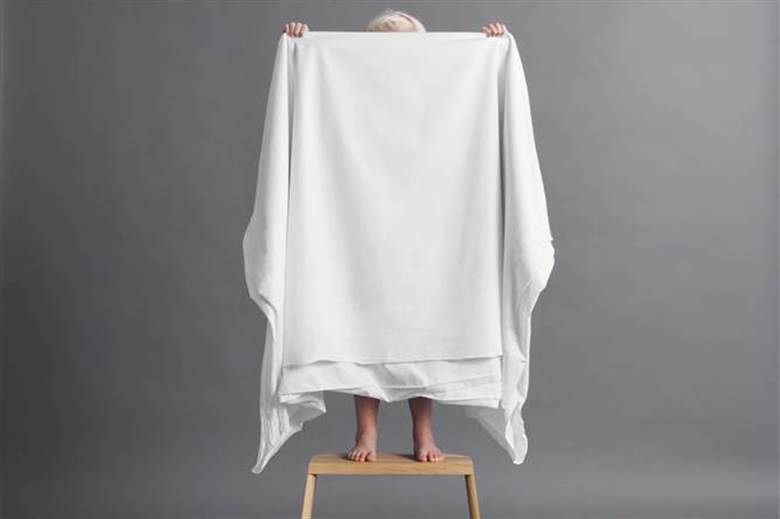Swedish forestry group turns polycotton blends into textile pulp
07/11/2019

This autumn, Södra's pulp mill at Mörrum produced pulp by adding 20 tonnes of used textiles. Currently Södra can only accept white textiles, but aims to find a decolouring solution. The group is also researching how to extract a stream of residual products from the polyester.
"We will be able to accept viscose and lyocell in addition to polycotton blends,” said Helena Claesson, project manager for Södra. “Due to the technological change in our processes, we will be needing large volumes of textiles. We are now seeking companies with high sustainability ambitions that would like to partner with us in the delivery of textiles."
Swedish laundry and textile service provider Berendsen delivered the test material used in the pilot project, which included end-of-life sheets, towels, tablecloths and bathrobes from hospitals and hotels. Production will begin with 30 tonnes this year, but Södra expects to add 25,000 tonnes of textiles to the company's pulp production.
"We are redrawing the map for the fashion and textile industry by offering circular flows of textile fibres,” said Johannes Bogren, president of Södra cell bioproducts. “A sweater can now become a sweater again. This will create added value for our customers, and especially the fashion industry. It's a big day for us and an equally big day for the emerging circular bioeconomy."
Image: Södra








